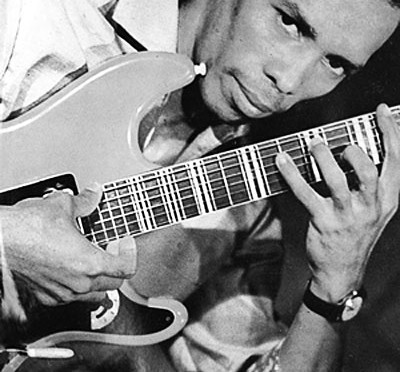In the history of Jamaican music, there is a before and an after the summer of 1966. Jamaican history had always been both turbulent and productive because of its social movements and polarized politics but this time it was hot weather that would go on to make universal cultural history by creating the demand for in Jamaica for rocksteady and reggae.
Jamaica is a pretty small island and were it not for the explosive character of its cultural innovations would be considered as such. However, history has placed the island’s society and cultural history at the center of global interest and its especially the case for the music that it produces.
Even before reggae, Jamaicans produced the internationally acclaimed ska (as just one of their indigenous music genres.) Ska came into being during the 1950’s of commercial radio, hotels and the advent of nightclubs and of Jamaica’s sound systems and slowly exploded into global significance. At the time, mento and ska were the indigenous musical genres that dominated in Jamaica.
During the summer of 1966, both ska and mento’s popularity came to a halt. Kingston experienced a massive heat wave and the demand for ska dancing immediately went down. The demand for ska had previously enlarged with the migration of many young Jamaicans to Kingston, the island’s capital. Suddenly, these youngsters needed a new music to dance along to and to meet this new demand rocksteady’s popularity was born.
Rocksteady had much less instrumentals than ska and much more vocals. The drums and the bass were slowed down and arrangement was much less stressed. It was a crooner’s music and its songs told tales. It was immigration music at first and was created by the interaction of a Trinidadian in Kingston, Lynn Taitt, and the Jamaicans that he played along with. It was sort of a slow calypso turned Jamaican. Its name was coined from a song by Alton Ellis named “Rock Steady.” It was also born at the same time as commercial soul music was thriving so it was profoundly influenced by soul music. Musicians like Roy Shirley, The Maytals and The Heptones became the new dancehall pleasers.

Rocksteady’s popularity would only last until 1968, when reggae overtook it. By then, Kingston had changed into a city with many more slums and “dreadlocks”, to quote the Jamaican anthropologist Barry Chevannes, or rastafarians who fashioned themselves like mau-mau fighters by wearing dreadlocks, living in them.
The rastafarians had danced to rocksteady but with “dreadlocks” ideology came the need for a change in “sound” that matched their new ideologies.
Rastafarians had typically stayed out of politics and been a rural movement. It was no more the case. From rocksteady, reggae was produced to be less slick and as a much more raw expression. It was not yet purely political as it would get with Max Romeo’s classic album War Ina Babylon but it was different.
What’s important to note, however, that reggae became popular in large part because of the heatwave of 1966, which had brought along popularity for the new music rocksteady. Without the heatwave, there would have been much less of a receptiveness for either Max Romeo or Bob Marley.
Headline photo: Lynn Taitt


